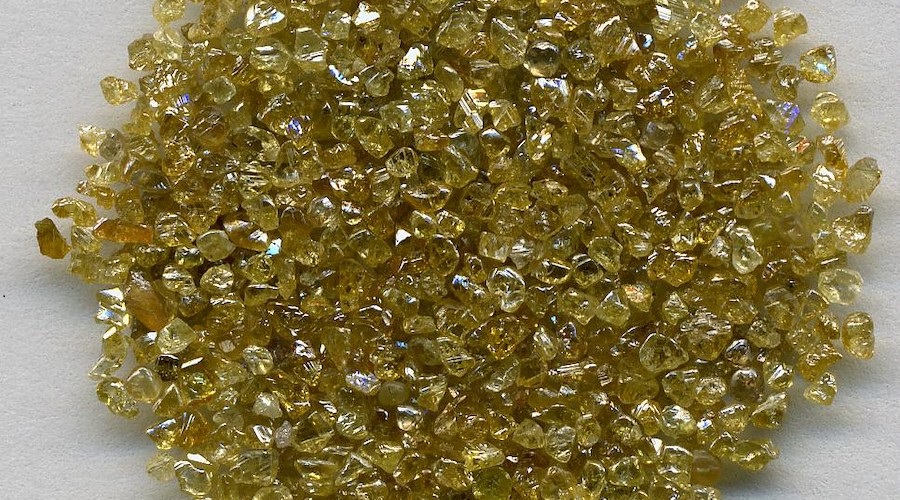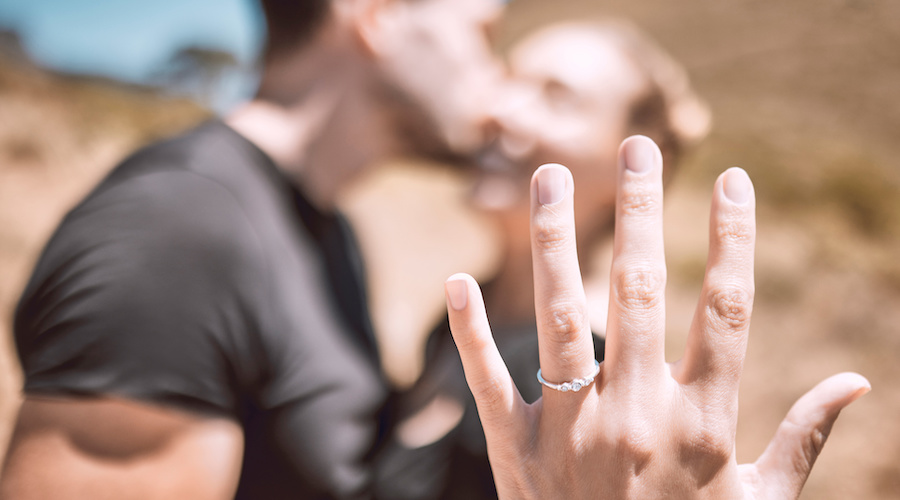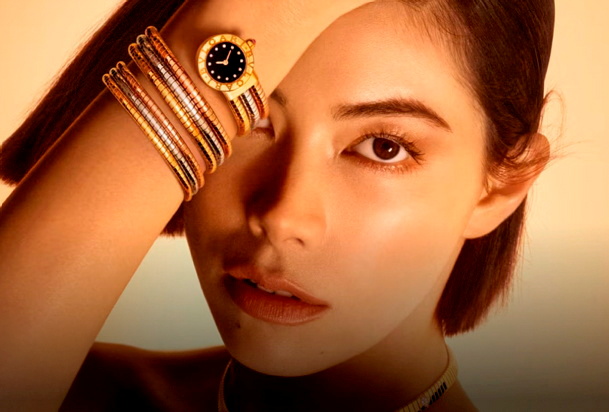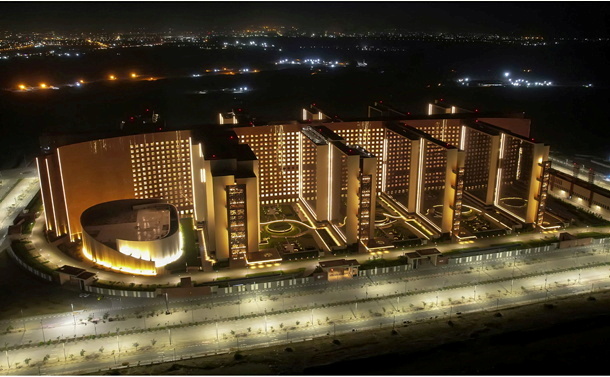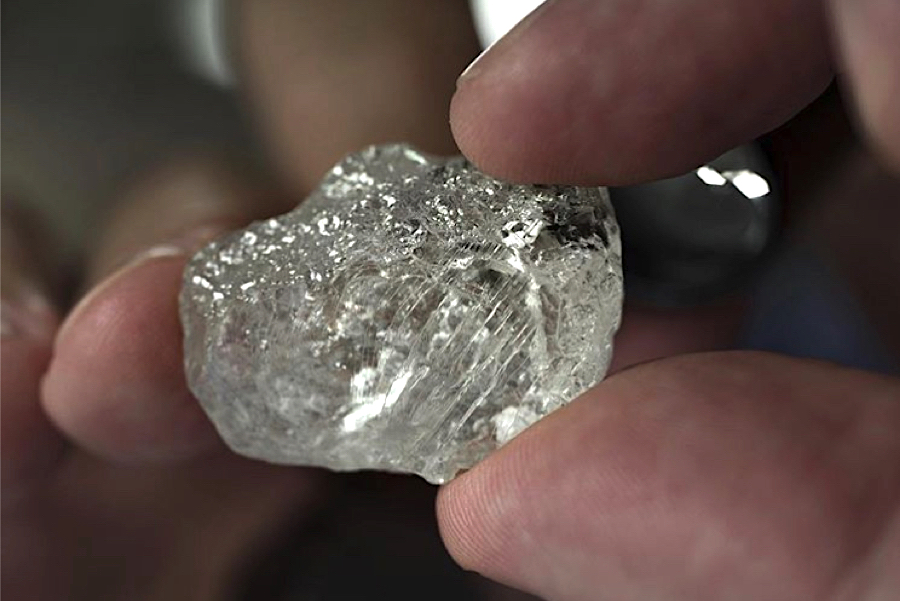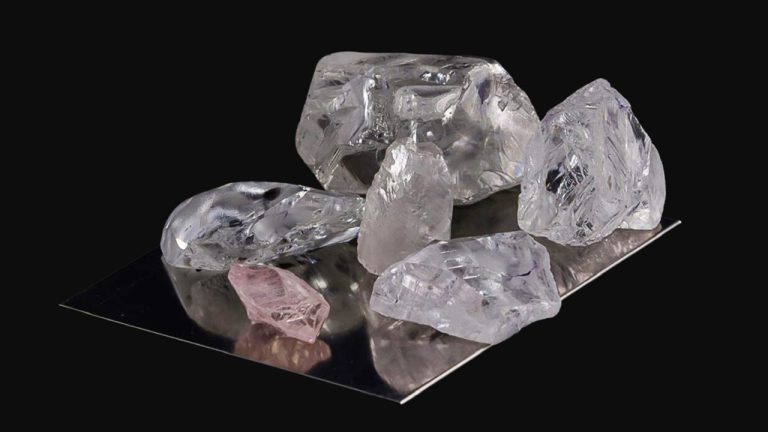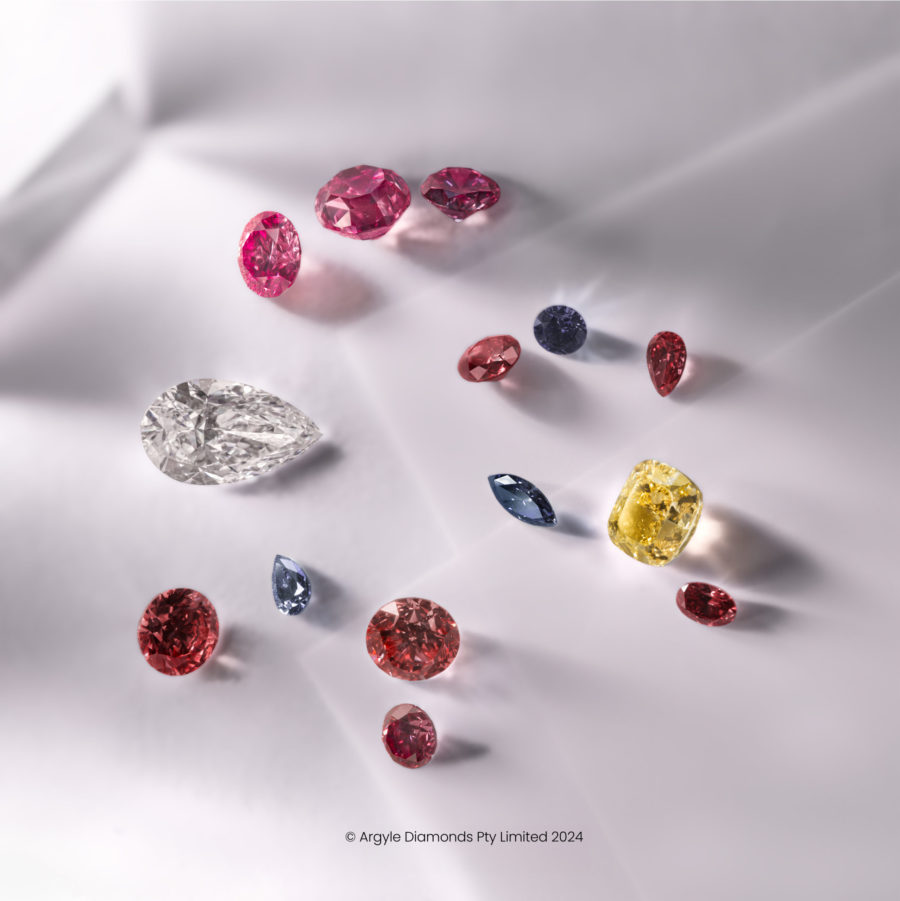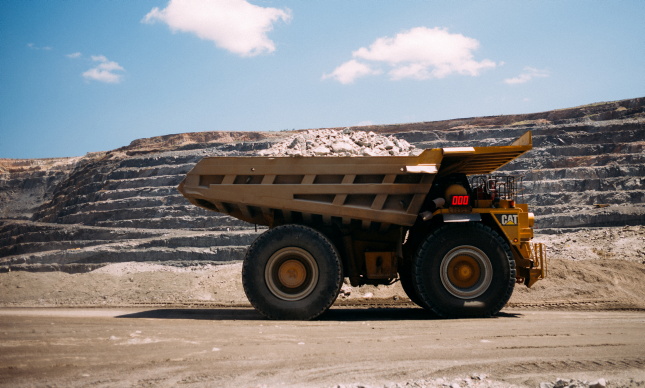
De Beers’ diamond production fell by 25 per cent during the quarter ending 30 September, and could fall even further.
Parent company Anglo American said output for Q3 was 5.6m carats, compared to 7.3m for the same period last year. It reduced production because of challenging market conditions and warned that it would “continue to assess the options to reduce production going forward”.
Anglo also provided an update on plans to sell or demerge its platinum and steelmaking coal assets as part of its “accelerated portfolio simplification” to focus on copper and other more profitable parts of its business, but make no mention of De Beers.
The UK-based company announced in May that it would be seeking a new owner for De Beers, following a bid by mining rival BHP to buy out Anglo.
Duncan Wanblad, chief executive of Anglo American, said: “As previously announced, we reduced rough diamond production from De Beers in response to market conditions.
“The diamond market remains challenging as the midstream continues to hold higher than normal levels of inventory and the expectation remains for a protracted recovery.”
So far this year De Beers has produced 18.9m carats, a 21 per cent drop on YTD 2023.
Source: IDEX


